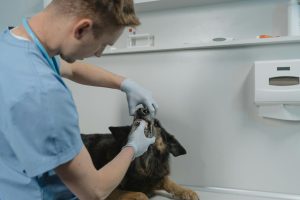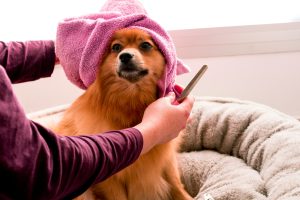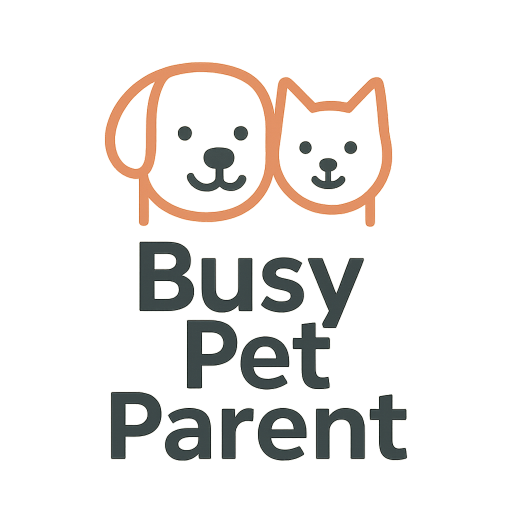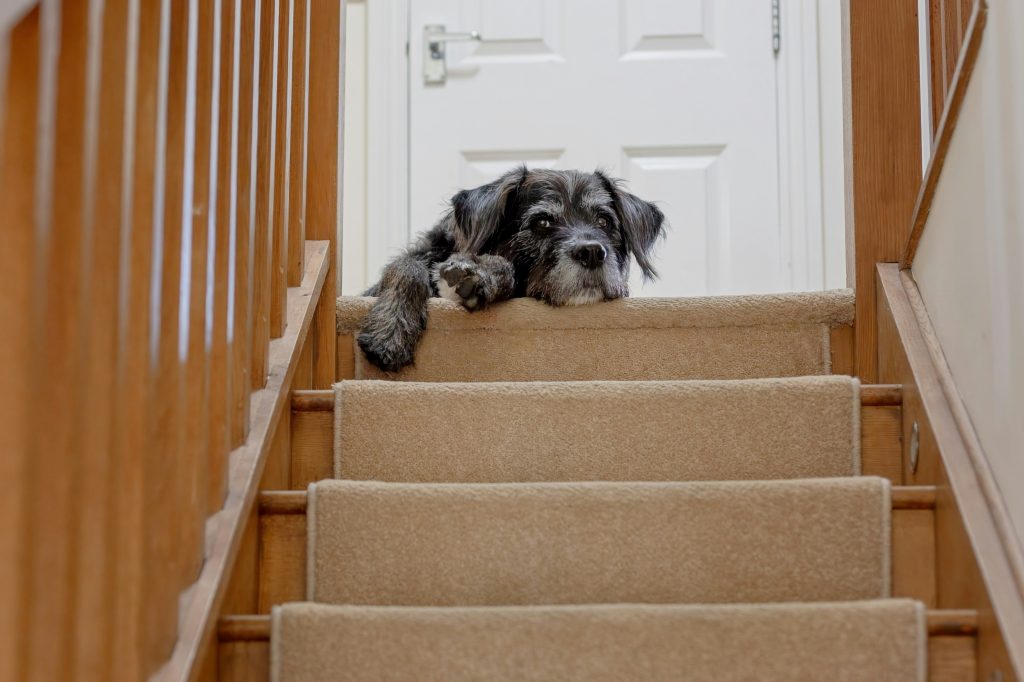
Helping Your Dog Cope with Separation Anxiety (Without Guilt or Gimmicks)
Does your dog whine, bark, or destroy things when you leave the house? Separation anxiety in dogs is more common than you might think — especially in busy households or with rescue dogs. If you’re worried about leaving your dog home alone, this guide will help you understand the causes, signs, and simple steps you can take to ease their anxiety (without relying on expensive gimmicks).
1. Learn to Recognize the Signs
Dogs with separation anxiety may bark, howl, pace, drool excessively, or engage in destructive behavior when left alone. Some dogs may even try to escape by chewing through doors or windows. If your dog behaves normally when you're home but becomes distressed when you're gone, separation anxiety could be the culprit.
2. Establish a Consistent Routine
Dogs thrive on predictable routines. Feeding, walking, and leaving the house at roughly the same times each day helps your dog know what to expect. If your schedule changes frequently, try to keep their daily rhythm as stable as possible.
3. Practice Calm Departures (and Returns)
Avoid emotional goodbyes or overly enthusiastic greetings. Instead, keep your departures and returns low-key to help your dog remain calm. Over time, this can reduce the emotional intensity they associate with you leaving and coming home.
4. Use Distraction Tools and Enrichment
Interactive toys, treat-dispensing puzzles, or long-lasting chews can help keep your dog occupied while you’re gone. You can also leave on calming background noise, like classical music or a dog-calming playlist, to mask external sounds and reduce anxiety triggers.
5. Create a Safe, Cozy Space
A comfy bed, a favorite blanket, and a quiet location can help your dog feel more secure when you’re not home. Crate-trained dogs often find comfort in their crate when it's associated with calm, positive experiences. Never use the crate as punishment.
6. Try Gradual Desensitization Training
Start by leaving your dog alone for short periods — even just 5–10 minutes — and gradually build up to longer stretches. The goal is to help them understand that you always return and that being alone isn’t scary. Celebrate progress and don’t rush the process.
7. Know When to Get Professional Help
If your dog’s anxiety is severe — including constant barking, self-injury, or house soiling — a certified dog behaviorist or your vet can help. In some cases, anti-anxiety medication may be part of a temporary solution alongside behavior training. The ASPCA offers guidance on when to seek help.
Bottom line? Separation anxiety isn’t your fault — and it’s not a life sentence for your dog. With gentle structure, patience, and consistency, most dogs can learn to stay calm when alone. Start small, reward confidence, and don’t be afraid to ask for help if needed.
Frequently Asked Questions
It can stem from sudden routine changes, a history of abandonment, or even genetics. Rescue dogs and puppies adopted during the pandemic may be especially prone to it.
Yes — background noise like TV, classical music, or dog-calming soundtracks can help soothe some pets, especially if it masks external triggers like traffic or neighbors.
Not necessarily. While some dogs benefit from a companion, others still miss their human. It’s best to work on training first before considering a second pet.
Most adult dogs can be left alone for 4–6 hours. Puppies and seniors may need shorter windows. Use cameras to monitor how they cope while you're away.
Some calming products help, especially in mild cases. Look for vet-recommended brands and combine them with training — they’re rarely a standalone fix.
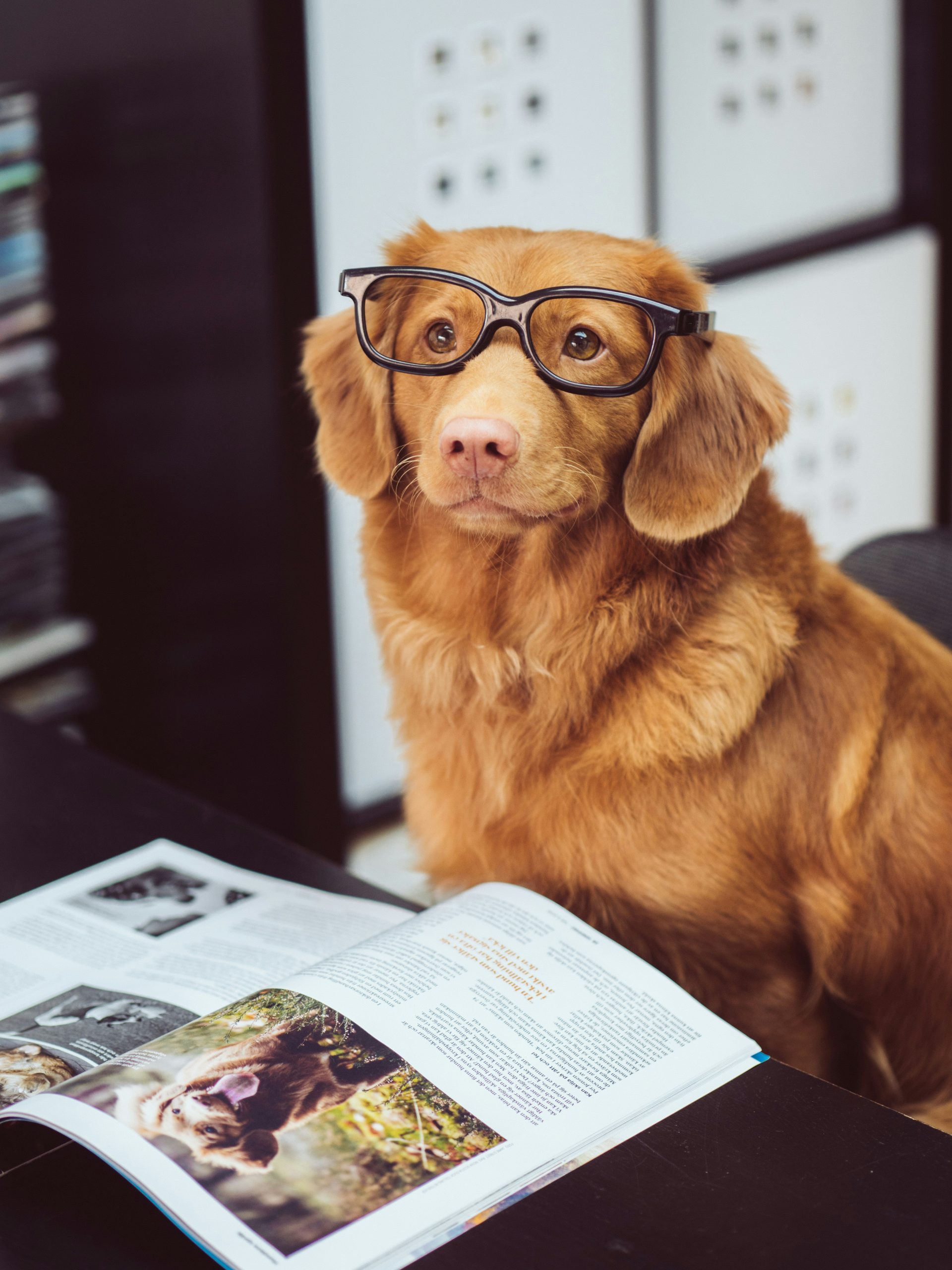
Join the Busy Pet Parent Newsletter!
Get easy routines, time-saving tips, and the latest gear reviews—delivered straight to your inbox.
Perfect for busy pet owners, apartment dwellers, and anyone who wants a happy, healthy companion (without the stress).
Exclusive guides & checklists
Product recommendations & deals
No spam—unsubscribe anytime!

